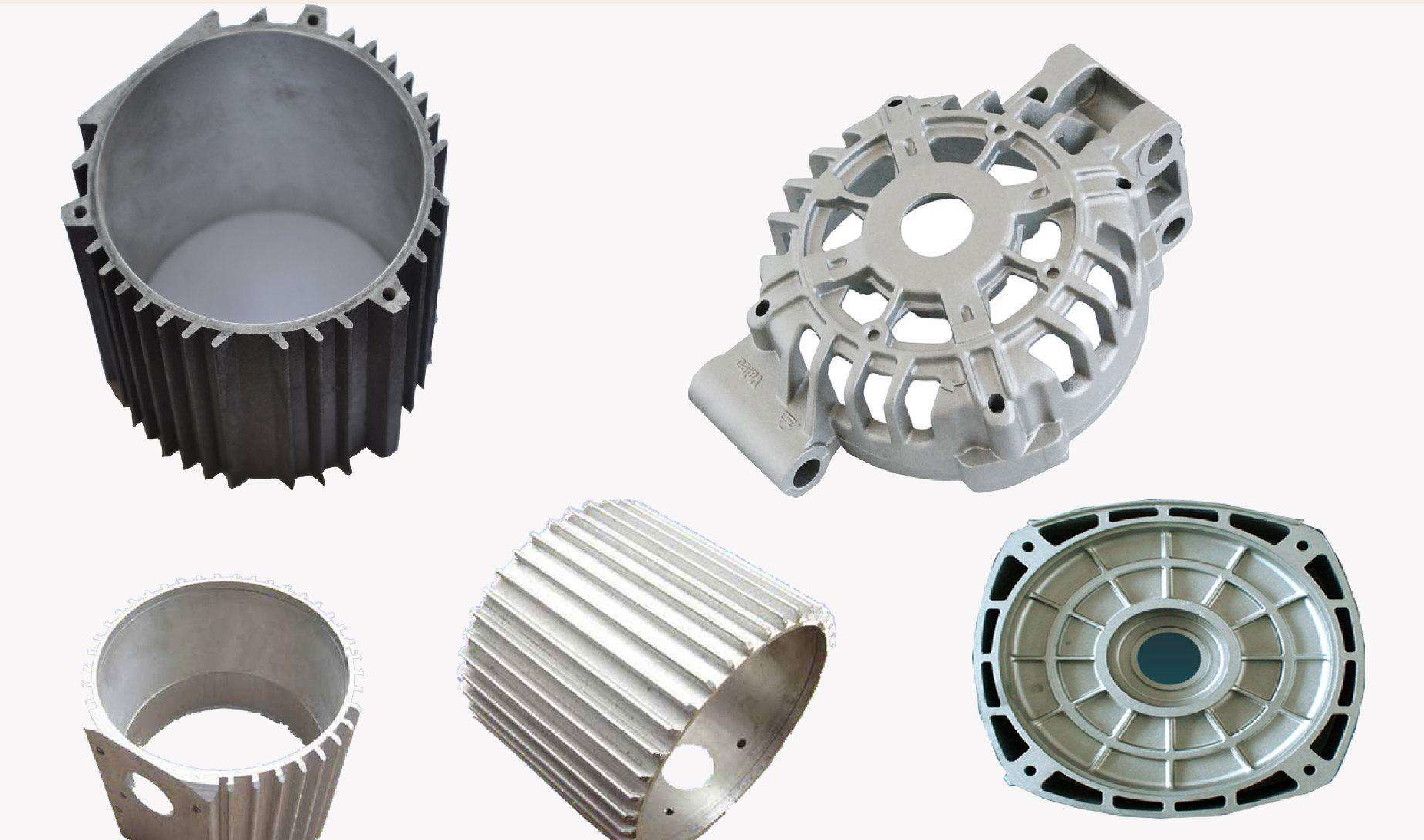Test the product by nondestructive .
1. Ultrasonic detection.
Ultrasonic testing and ultrasonic thickness of all kinds of metal tubes, plates, castings, forging and welds.
The acoustic parameters such as sonic sound, amplitude and frequency are changed when the ultrasound is encountered in the spread of cracks, holes and isolation. According to the instrument, these changes can determine the existence of defects and determine their specific location.
An ultrasonic pulse (usually 1.5MHz) is detected from a probe, and if there is a defect in it, there is an interface between the defect and the material. A part of the ultrasound was reflected or refracted in the defect, and a part of the ultrasonic energy that was transmitted was reflected, and the energy of the interface was reduced accordingly. At this point, the reflected direction can be received in the reflecting direction; The ultrasonic energy received in the direction of transmission is less than normal, and the emergence of these two cases can prove the existence of the defect. In the detection, the performance of the sensor receiving the pulse signal can also check the position and size of the defect. The former is called reflection method, which is called penetrate through.
2. magnetic powder inspection
It is suitable for tiecixing materials such as casting, forging and other machine processing components.
3. Ultraviolet light
Low price, high reliability and simple operation, apply to all kinds of pipe leakage exploration, coating is uniform inspection, impurity or stain detection.
4. Ray detection.
Ray detection can be classified as X-ray, gamma-ray, and high-energy ray detection.
X-ray irradiation is the use of radiation in the substance of the attenuation law and the light and fluorescent effects of certain substances on the basis of detection. From the point of view of the ray intensity, when the radiation intensity of the processing component is J0, the rays of the processing parts are reduced to the JC. If there is a defect in the processing component, the intensity of the ray through which the ray of the processing parts is reduced, the intensity of the rays that pass through is greater than that of a point without defect. From the point of view of the light of the film, the light of the ray is strong in the light of the film, that is, the light is large. A large negative film becomes darker after a dark room is processed. As a result, the defects in the processing parts produce black shadow on the film, which is the principle of the detection of radiation.
Post time: Mar-14-2018

